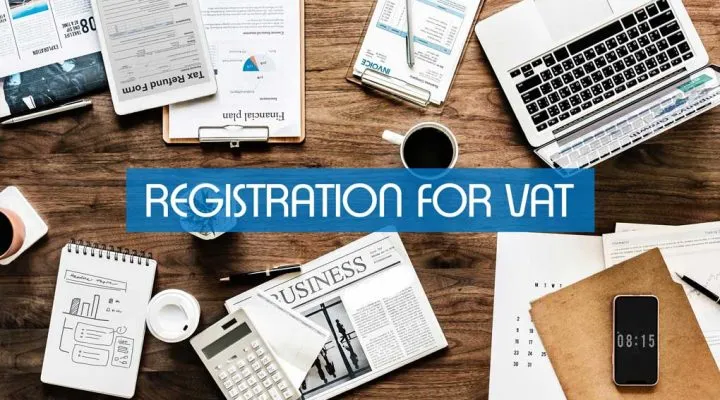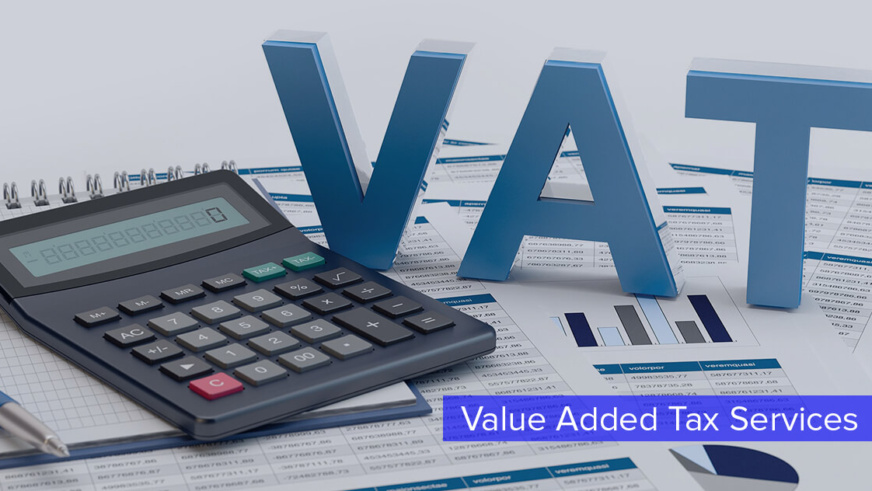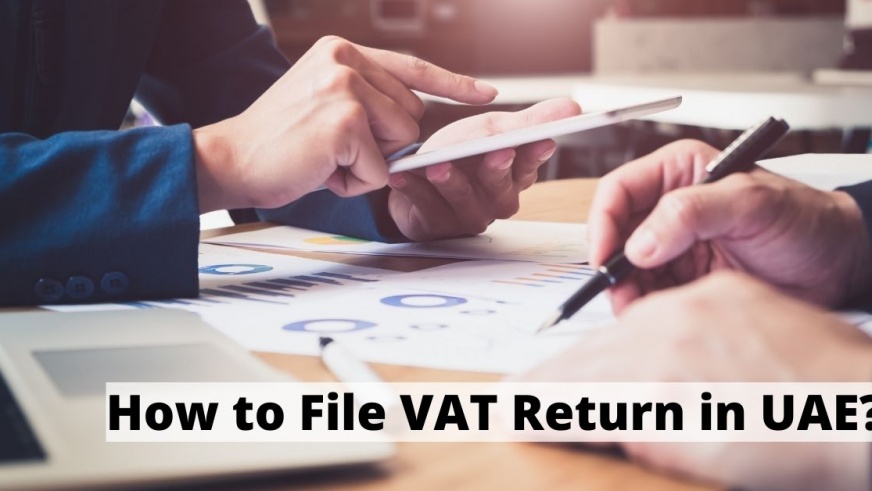In a previous article, we delved into the realm of exports and imports within the framework of UAE VAT. Exports, as you may recall, encompass both goods and services. In this article, our focus is on the export of goods and the specific treatment it receives under UAE VAT.
Exporting Goods under UAE VAT
The export of goods can be categorized into two distinct types:
1. Exporting Goods to Non-GCC VAT Implementing States.
2. Export of goods to GCC VAT implementing States.
The critical distinction to make is whether the destination of the exported goods falls within a GCC VAT-implementing State or not. This distinction holds significance as it dictates the application of VAT.
Exporting Goods to Non-GCC VAT Implementing States
A non-GCC VAT-implementing State could be any region within the GCC that has not yet adopted VAT or a country located outside the GCC territory. Currently, only the UAE and the Kingdom of Saudi Arabia have implemented VAT within the GCC. Consequently, the export of goods from the UAE to any GCC State, excluding Saudi Arabia, or any country outside the GCC, is classified here.
When goods are exported from the UAE to a non-GCC VAT-implementing State, two subcategories come into play:
1. Direct exports: These involve the supplier taking responsibility for arranging the transportation of the goods or appointing an agent to handle this task on their behalf.
2. Indirect exports: In this case, the recipient assumes the role of arranging the collection of goods from the supplier in the UAE. The recipient then exports the goods themselves or designates an agent to facilitate the process.
Whether it’s direct exports or indirect exports to non-GCC VAT-implementing States, they will be subject to zero-rated VAT, provided they meet the specified conditions outlined in our dedicated article on Exports to non-GCC VAT Implementing States.
Exporting Goods to GCC States Implementing VAT
At present, the GCC members that have implemented VAT are the UAE and the Kingdom of Saudi Arabia. This section pertains to these GCC States that have embraced VAT.
To ascertain the VAT applicability for the export of goods to VAT-implementing States within the GCC, two essential questions must be addressed:
1. Is the recipient registered under VAT in the destination State?
2. If the recipient is unregistered, is the value of exports by the supplier to the destination State below the mandatory registration threshold in the destination State? Here, the value of exports by the supplier to the destination State in the preceding 11 months is taken into account.
Based on the answers to these questions, three distinct scenarios for the export of goods to GCC VAT-implementing States emerge:
– Export to a recipient registered under VAT in the destination State: In this scenario, it is zero-rated under UAE VAT.
– Export to a recipient not registered under VAT in the destination State, and the value of exports by the supplier falls below the mandatory registration threshold in the destination State: This is considered a taxable supply under UAE VAT, and the supplier is required to apply VAT at a rate of 5% on the export.
– Export to a recipient not registered under VAT in the destination State, and the value of exports by the supplier exceeds the mandatory registration threshold in the destination State: The supplier must undergo VAT registration in the destination State, and the supply is treated as a domestic supply. VAT at the applicable rate in the destination State must be charged by the supplier.
For a more detailed understanding of the VAT implications in each of these scenarios, you can refer to our article on the Export of Goods to GCC VAT Implementing States.
In conclusion, the VAT treatment of exported goods hinges on the destination of the export, specifically whether it falls within a GCC VAT-implementing State or not. It is crucial for taxpayers to accurately discern the type of export in order to apply VAT correctly.
You can also register for VAT Registration on our website:
https://www.vat-registration-uae.com/




